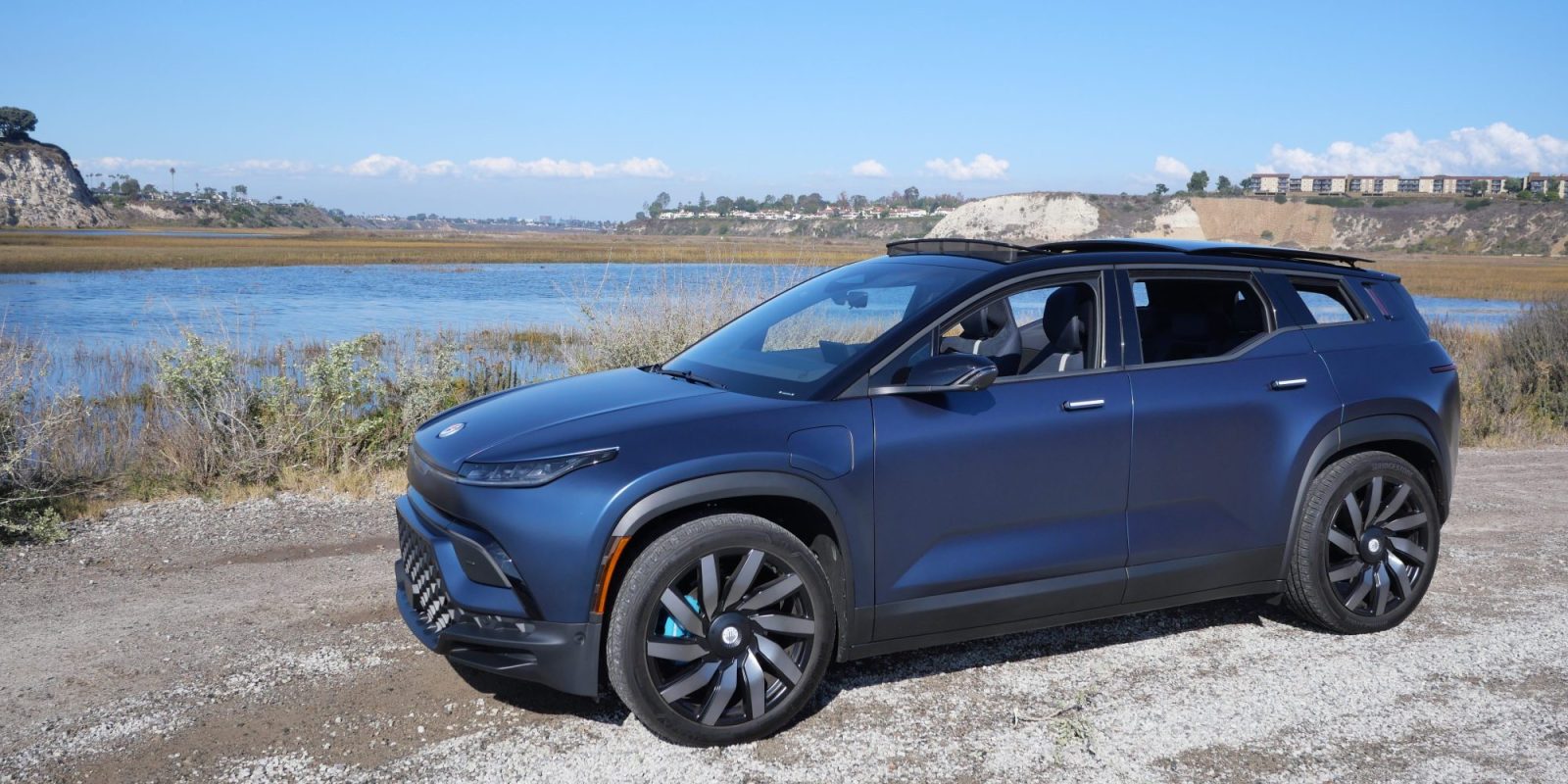
The Fisker Ocean has been out and about for a few months now, but most media drives have been relatively short test drives so far. But with the LA Auto Show in town, Fisker gave us an Ocean overnight to have a little unsupervised testing time with its new electric SUV.
In our testing, we came away impressed by a few things but generally thought that there is a lot more to be done before this vehicle can be ready for prime time.
The good stuff
The Fisker Ocean is a good-looking car. One expects this from legendary car designer Henrik Fisker. But his other designs have been more striking than the Ocean, whereas the Ocean is more subtle.
It’s got a strong look, but it doesn’t stand out so much that you have to be the type of person who likes to stand out in order to drive it. It looks different enough from every egg-shaped SUV on the road today but can still be driven by a normal person without making too much of a statement. It’s a good balance. (However, I don’t like the fake grille – it’s 2023, and we’ve moved beyond that.)
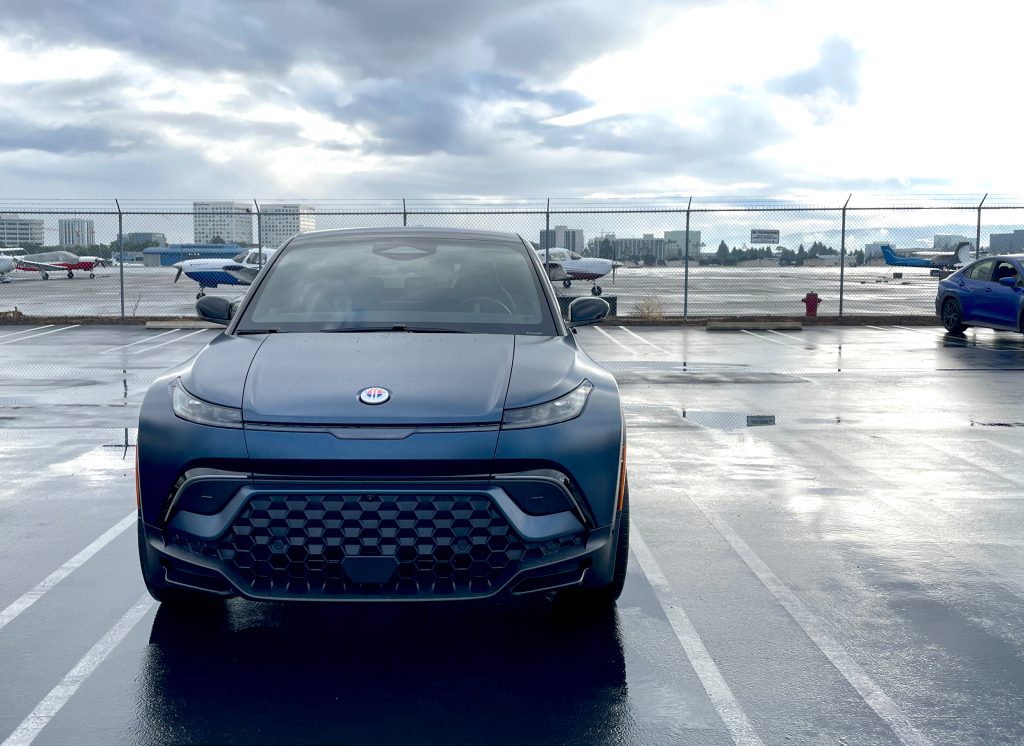
The interior is missing a few things (seat pockets, door water bottle holder, grab handles) but is largely spacious and comfortable, with plenty of head and leg room and nice seats.
A lot of thought has gone into sustainability in every material used in the vehicle, and Fisker gave us a long breakdown of its steps towards sustainability, which seem far more thought-out than with most manufacturers. Every Ocean has 110 lbs (50 kg) of recycled materials in the vehicle, and Fisker touts the Ocean as having the lowest published lifecycle carbon of any electric SUV – though there are only a few published numbers to compare against.
Interior controls are a mix of physical and digital controls, with lots of your standard buttons on the dash and steering wheel and even some physical buttons under the center screen, giving access to basic controls like climate and volume. These physical controls are welcome, meaning that you don’t need to use the touchscreen or dig into menus to do the most common things.
There are lots of “fun” features that will impress riders and offer some neat functional benefits.
The headline feature is “California Mode,” which opens every piece of glass on the car except the windshield – including both the rear glass and the tiny windows between the C and D pillars. It’s not quite the same experience as a convertible, but it does make for a super breezy drive, so bring your hats and hair ties. And it’s a big “wow” feature to see all those windows open up (which you can do from the key fob or a button inside).
It opens the glass sunroof too, but with the sunroof closed, you’ll still have shade inside the vehicle, because the whole thing is covered in solar panels. Fisker says this will give you 1,500 miles of range per year – though we think this is probably an optimistic number. There’s no way to tell how much power you’re getting from it yet, but Fisker says it will add that in a future software update.
More practically, the ability to roll down the rear glass can help with loading small items in and out of the back without opening the whole trunk and also makes driving with one window down less troublesome – lower the rear window, and you can have air pass-through without the buffeting/”womping” experience that usually accompanies this. So, a rear passenger can get fresh air without disrupting everyone else in the car as much.
There are a number of other features, most of which have an associated “mode” name (Fisker loves his “modes”). One is Hollywood Mode, which rotates the main screen from portrait to landscape aspect ratio and enables viewing of YouTube or other video content. Another is Limo Mode, which involves a small touchscreen in the middle rear armrest, which can be folded down by the rear seat passengers, allowing control over HVAC and media. And a third is the “taco trays” for both driver and passenger, small trays to give you somewhere to put a meal – or perhaps a very small laptop – while you sit in the car and watch Hollywood Mode or wait for a charge or whatever else.
But beyond all that, there are a lot of issues, to the point where it feels like we can’t really do a full review of this car since it’s still missing so many promised features and so many that it really ought to have – promised or otherwise.
Owning an early-model car
Throughout the history of car production, it has been known that there is a difference between early and late-model cars. Early models are prized by collectors for their significance, but late models have their benefits because, well, everything works better.
Some will suggest that you should never buy an early model car because of these problems, but some like getting early models because it’s cool to have the new thing with the new tech. The market seems to lean towards the latter of these options since most car models tend to do better in sales near the beginning of their life and taper off near the end as people wait for a refresh (except the Bolt…).
I was there for this stage of the Tesla Model S, the first mass-produced vehicle (not hand-built, like the Roadster) from the company. And I was there to see all the problems – and to also see how it disrupted the industry, taking sales away from the big luxury car makers, despite those problems, because it was new and cool.
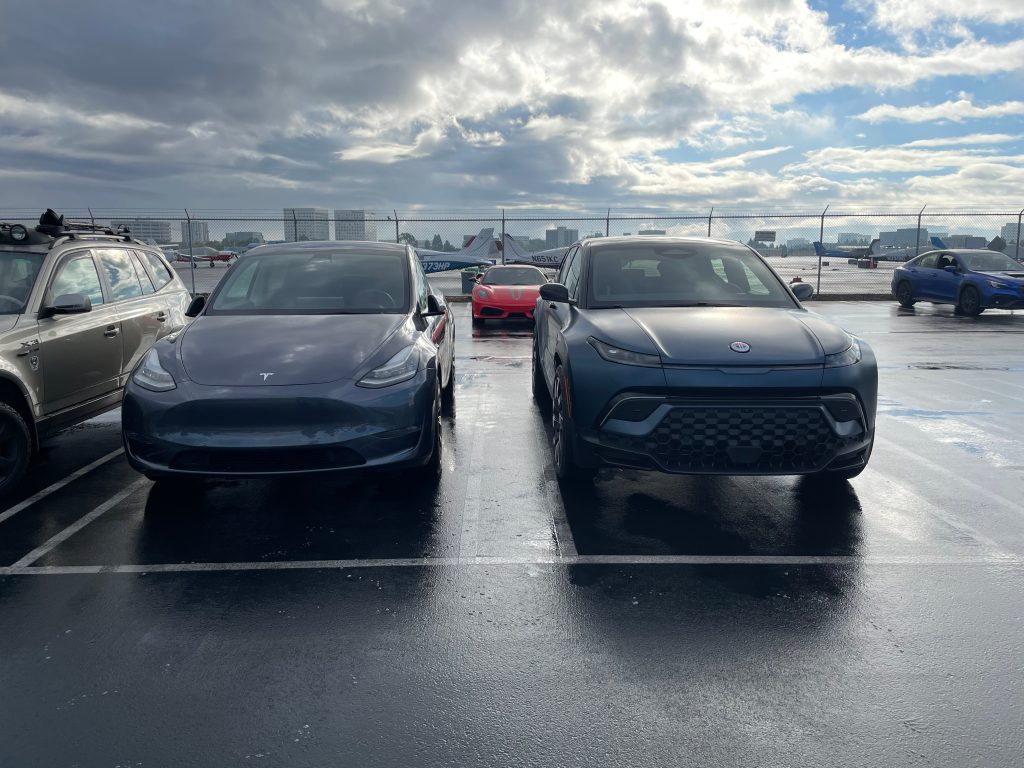
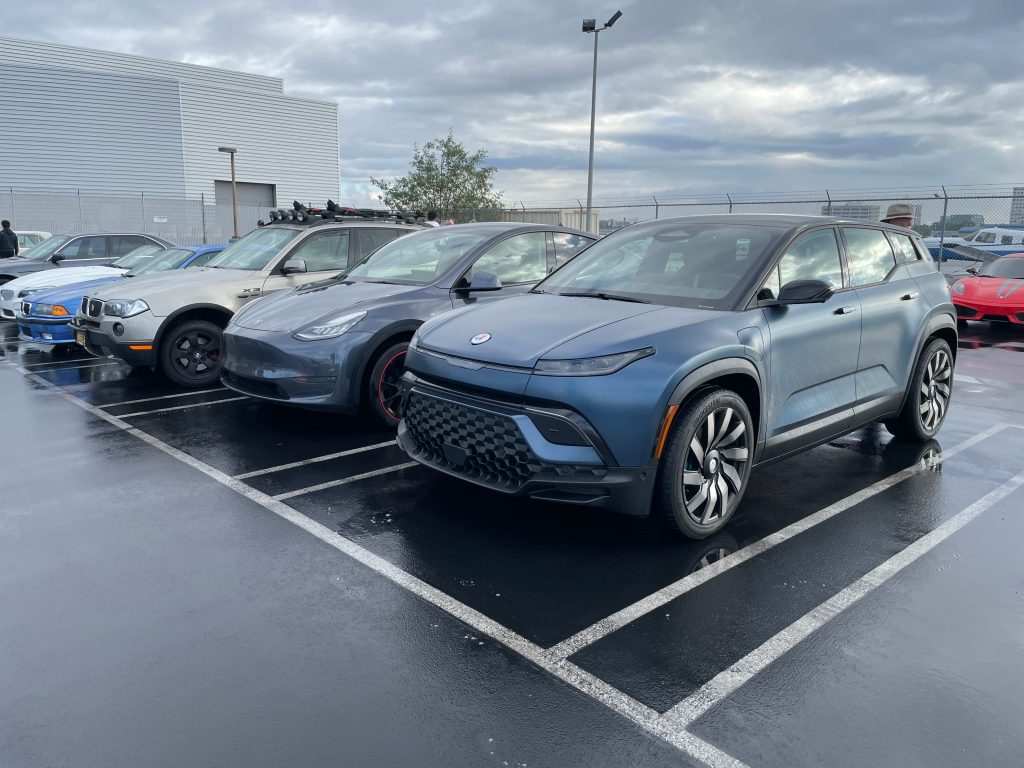
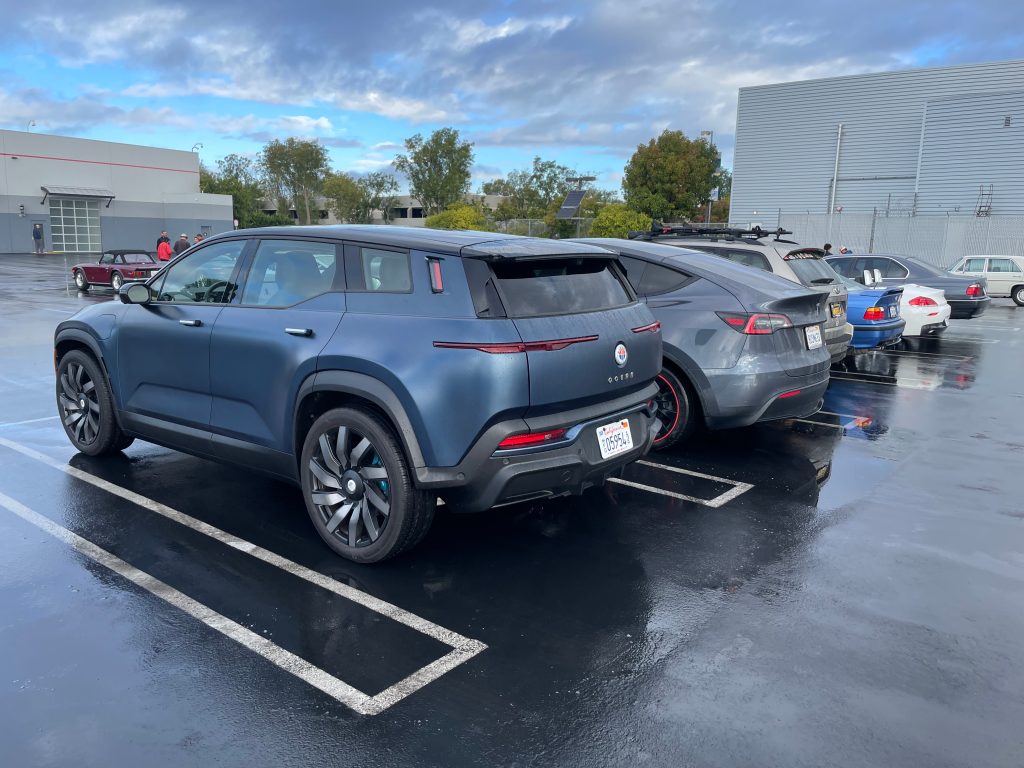
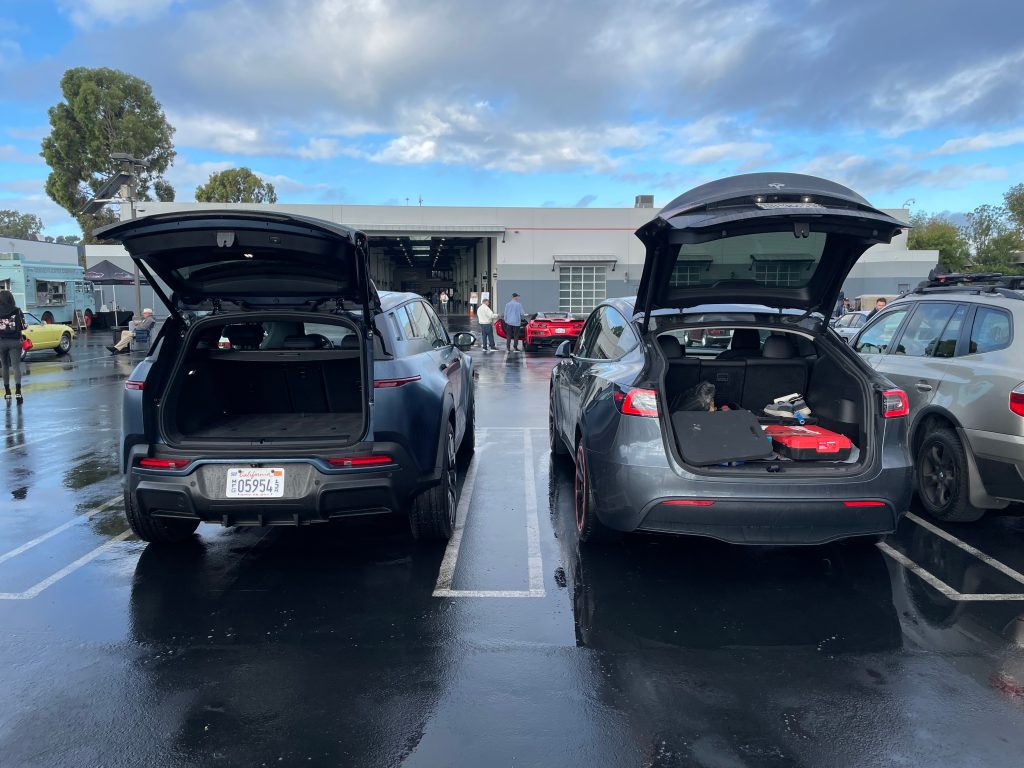
Driving the Ocean and showing it to people, even just for a day, made me feel the same way. I found myself making a lot of the same type of excuses as I’ve needed to make with other early model EVs – the software will be updated soon, they haven’t quite worked out the key fob, it doesn’t have a glove compartment or frunk, but did you really use them all that often anyway?… and so on.
There are just a lot of foibles like this that are departures from the normal car experience. Some are intentional design choices to try to delete unnecessary features (like the glove box, because nobody uses driving gloves anymore, and there is a small slot under the seat for occasional use storage) or to add interesting new ones (the glove box is replaced by a “taco tray” which you can use to eat while you’re charging or something).
Some are cost-saving measures to get the car down to its relatively attractive $38,999 base price (though we tested the “Extreme” trim, which starts at $61,499). This is $5,000 cheaper than the Model Y (at least for now – who knows what will happen with Tesla prices), but the Fisker doesn’t qualify for full tax credits (though you may be able to get around this through leasing).
Henrik Fisker even told us that in that quest for simplicity and cost-savings, he deleted one feature that’s on every car, but he won’t tell us which one it is because nobody has complained yet, and if we write about it, then everyone will. Given what happened when Tesla fans distributed “inspection checklists” to people who have never before considered bringing a pair of calipers to purchase a car, we think he’s right about that.
But when we get down to it, there’s just a whole lot missing from the car. Let’s go through some bullet points of some (not all) of the things that I think are wrong, missing, or bad decisions:
- Electronic parking brake tends to stay on when the car is put into drive and needs to be manually released.
- No one-pedal driving – regen isn’t strong enough for that, even on high.
- Only momentary hill hold (a second or two), no persistent hill hold.
- “Limo mode,” the ability for rear passengers to adjust HVAC/volume, applies to the entire car, not just to the rear zone. (There is no rear climate zone, and the rear audio zone can only be activated from the front, deep in menus.)
- The federally-required low-speed noise is too loud and not a pleasant sound.
- The key fob didn’t work great, and there’s no phone-as-key system (but there is a “phone left in vehicle” warning on the driver display if you try to get out of the car without your phone, which is quite cool).
- Many settings don’t get remembered between drives.
- The steering wheel is too thick and oddly shaped and not the most comfortable to hold at 9-and-3 (which is how you should be holding it).
- The driver display changes colors and has a “breathing” ripple animation when you accelerate and decelerate. However, the constant color changing was annoying and distracting when maintaining a constant-ish speed, and the ripple was not smooth (in line with the generally low frame rate on the car’s displays).
- Level 2 charging speed was inexplicably slow on my home charger (pulling 5.6 kW at 32 A), and it would be nice to be able to set amperage in smaller increments than just 16 A or 32 A.
- On my way to return the car, I accidentally hit the “P” drive mode while driving, and the car told me it couldn’t shift because I was driving. But the next time I stopped the car – about 30 seconds later – the car shifted into neutral for me right as I was trying to turn into an intersection, seemingly remembering what I had called for 30 seconds prior. I didn’t get a chance to replicate this.
- Air conditioning and heating both took a long time to spin up to full blast, at least in Earth mode. Other modes have quicker warm-up time, but since the car always starts out in Earth mode, you need to remember to change it.
- There’s a voice recognition button on the steering wheel, but it doesn’t work yet.
- I could get incoming calls and listen to podcasts from my phone over Bluetooth, but when I tried to use any Siri commands at all, my phone wouldn’t hear me or respond. This meant no sending texts, reading texts, outbound calls, changes to navigation, etc. while driving.
- The lane-keep assist and driver attention monitoring functions seemed hit-or-miss.
These are almost all fixable or changeable in software, and Fisker has already committed to working on many of them. But more concerningly:
- According to the car’s range display, it got nowhere near the rated range. The car told me that I used 81.8 kWh to go 135.3 miles, which works out to 533 Wh/mi. Most electric cars use approximately 300 Wh/mi. Extrapolating to the 106 usable kWh of the battery, this works out to about half the car’s 360-mile rated range. My driving conditions were typical mixed California highway/street driving in reasonable temperatures, nothing too out of the ordinary (there was overnight rain, but the roads were mostly dry by the time I drove in the morning). I did not engage in particularly “spirited” driving outside of a few moments here and there but was usually in “hyper” mode because “Earth” mode has so much throttle lag as to be almost undrivable. I typically achieve rated range fairly easily on EVs and even come close to it on Teslas (which vastly overstate their range), though I was probably driving a little faster than normal on the freeway due to the Ocean’s deceptively comfortable ride.
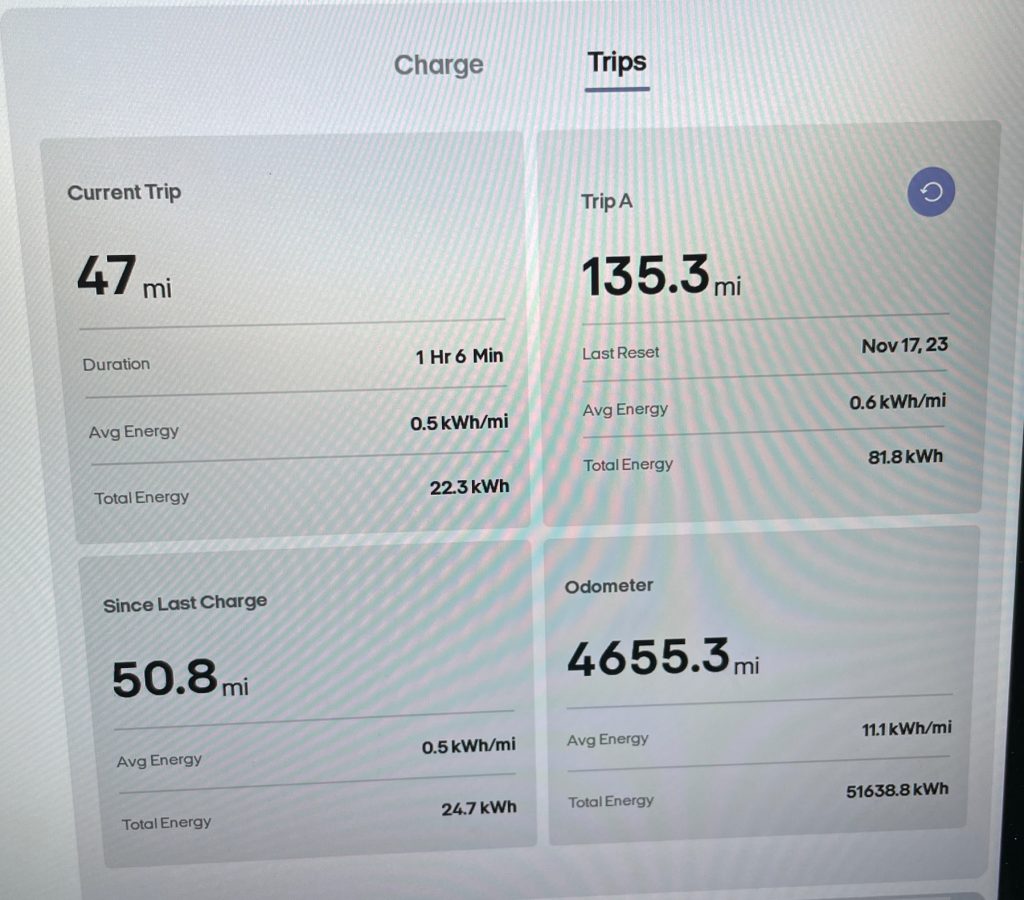
Fisker’s answer for most questions is that it will come in a future software update, though that can’t be the case for everything. But in today’s software-defined vehicles, which the Ocean is, it can solve most things.
The fix is coming… in a future software update
And most of the things that are wrong or missing with the Ocean are software-related or can be fixed by software updates.
As for hardware, the car is put together well, so it doesn’t seem likely that it will be plagued with hardware problems. This is thanks to contract manufacturing from veteran Magna Steyr, which has been responsible for manufacturing many cars for many companies and has quite a positive reputation in the industry.
Further cost-cutting doesn’t seem like it will be necessary because Fisker says that it already turns a profit on every car out the door – which differentiates it from the other EV startups, less Tesla (which is not really a startup anymore anyway). This also means that it’s likely to be able to stick around to update software, as the risk of the company suffocating under the weight of expensive manufacturing investments is lower.
But the software still needs a lot of work. Many promised features are missing – no phone-as-key, no adaptive cruise control, a voice recognition button that does nothing, the car doesn’t remember your settings, etc – and the user interface is just too laggy.
The screen runs at low frames per second, and there’s input latency for almost all touches but especially for certain things (e.g., switching to the climate control screen, anything in Hollywood Mode, and any maps/nav interactions).
The UI is not as godawful as every legacy car infotainment system, but it’s not as good as a Tesla, a Rivian, or CarPlay (including Porsche’s own CarPlay app). It’s laid out well enough, but it just needs to be much smoother – especially the nav system.
While it is still better than many legacy car infotainment systems, it’s not better than other consumer electronics that people own. Even if a user doesn’t know about things like input latency or the visual difference between 15 and 60 fps, what they do know is that they have an iPad and that the car doesn’t work as well as their iPad. They spent $600 on their iPad and $40,000 on their car, so why can’t their car work as well as their iPad?
I’m well acquainted with cars that are missing software features on release. When I did our original Model 3 review, we covered some glaring issues. The backup camera was unusably bad, for example. However, the interface was still extremely smooth, and the biggest problems were fixable and got fixed quickly. Today, that car, one of the first Model 3 units ever released, is better than it was the day it was delivered.
A software-defined car with a competent team of software engineers behind it who are committed to regular software updates can do that, and that has been virtually unheard of in the auto industry before now. And Fisker has committed to that.
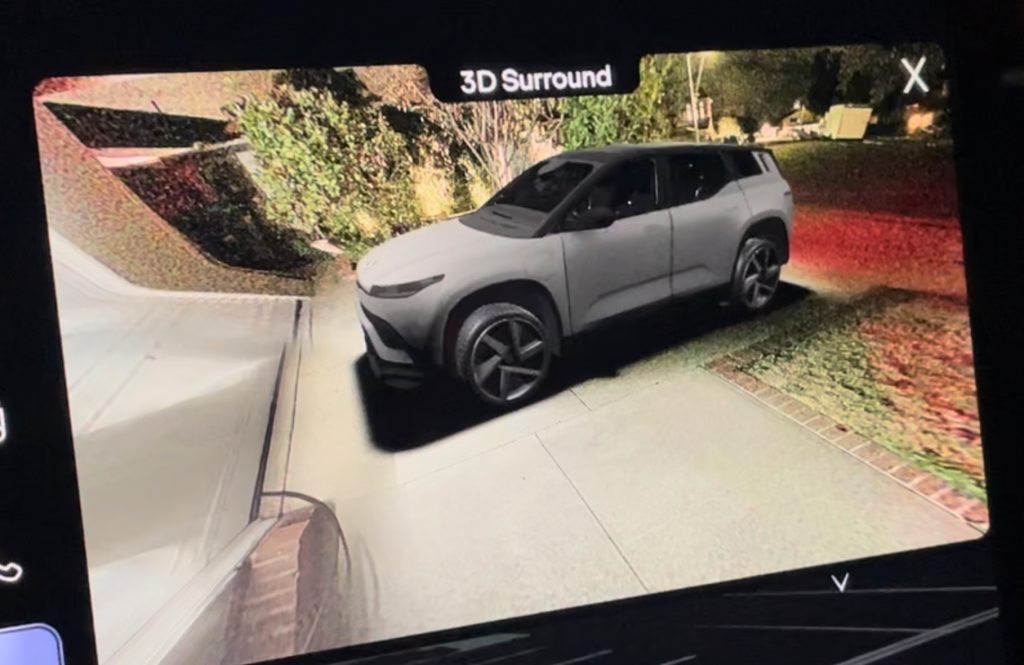
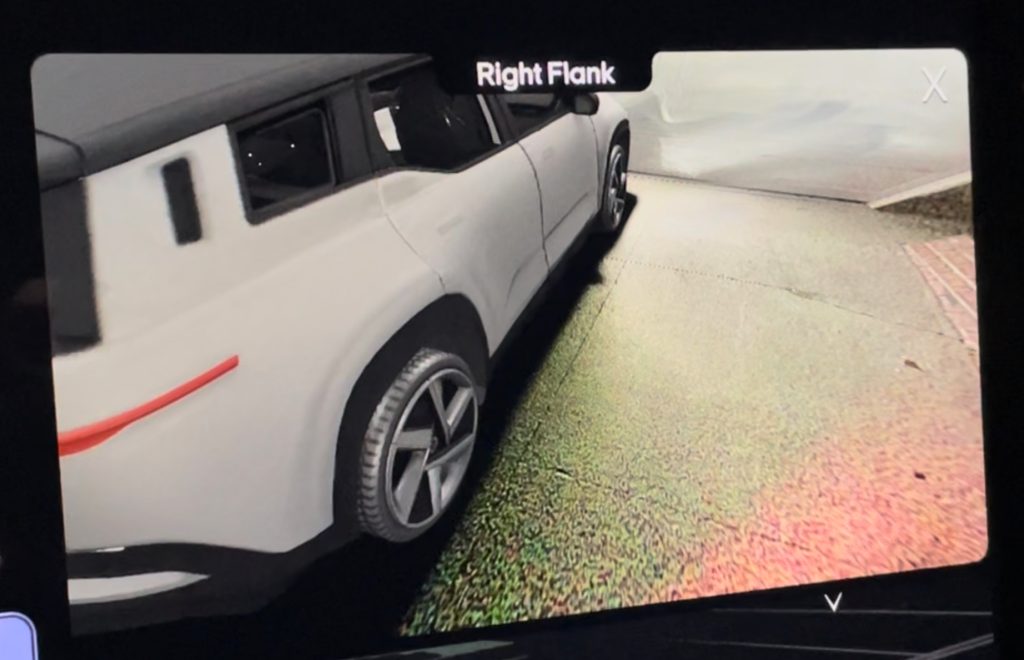
So the Ocean will get better, and hopefully soon. One of Fisker’s software engineers told us that the internal software he has on his desk “looks promising,” and we’re sure that improvements will come – in a future software update.
We have little doubt that Fisker’s update timeline will exceed that of legacy auto companies, but there are a lot of improvements needed. The software team must feel absolutely overwhelmed by the list of things that need to be implemented or fixed, and fast.
Driving characteristics need work, too
The software fixes needed aren’t just UI-based but for drive software, too. We already know about one that’s coming – Fisker says it will update the torque split on the car’s dual-motor AWD system.
Currently, the motors have the same power level front and rear, but when you accelerate, weight transfers onto the rear axle, and the front wheels start spinning. This was so stark that I could reliably spin the front wheels pretty much whenever I wanted.
Even on a perfectly dry (yet cold, it was nighttime) road, I got wheelspin when activating “boost mode.” Boost mode is the name for Fisker’s maximum-acceleration launch control mode, and each car gets just 500 activations (Fisker says this limitation is to reduce drivetrain wear).
But when I activated it, it didn’t feel violent to the point of needing drivetrain protection – I was unable to achieve Fisker’s stated 3.7 second 0-60 time, rather getting a time of about 4.9 seconds. This is because the front wheels really weren’t participating in acceleration until I reached around 40 mph since they were spinning (and/or recovering from a spin via traction control) almost the entire time.
While 4.9 seconds is plenty fast, and the car still feels plenty powerful in normal use, it’s nothing to write home about or limit launch control uses over.
Fisker says that this will be fixed with an update to the car’s torque split, perhaps moving to 45/55 front-rear torque to help with stability. This fix will come in a future software update.
The car has three driving modes (Fisker and his “modes”) – Earth (eco), Fun, and Hyper. The car defaults to Earth mode each time you get in because the car’s default mode is how EPA testing occurs, so Fisker wanted the longest-range mode to act as the default (the car will be able to remember drive modes in, say it with me now, a future software update).
But Earth mode, honestly, was nigh-undrivable. Fisker says the mode reduces max torque, but what it does most noticeably is add a delay to the pedal response, with that delay lessening (but not going completely away) in Fun and Hyper mode.
This delay can lead to a situation where when you call for acceleration and don’t get it (due to a longer delay in default Earth mode), you push the pedal a little further, and then, all of a sudden, the car surges with more acceleration than you had expected. And this is going to happen if people get used to driving in Hyper mode (which was the most usable mode since it has the least throttle delay) and the car switches back to Earth mode every drive.
The delay also applies to activating regen, which does not immediately kick in when letting off the accelerator pedal.
I was similarly disappointed with the car’s blended brakes, which I’ve never really liked on any car. (VW group EVs all do this.) A blended brake system means that the brake pedal first applies regenerative braking on a light press and then friction brakes on a deeper press. It makes braking feel inconsistent and like there’s some delay on the brake pedal, as well.
And finally, the car’s handling characteristics didn’t inspire the most confidence either. The steering felt numb and wasn’t adjustable unlike some other EVs these days. And despite the battery being placed low in the car like in most EVs, the tall Ocean felt wobbly even in slight directional corrections.
Altogether, this just led to a driving experience that felt unresponsive. It’s a tall SUV, so it’s not going to be a super tight drive experience in the first place, but it still didn’t feel good enough for an SUV, either.
Conclusions…?
For all of these reasons, it’s hard to give any conclusion on the Fisker Ocean in its current form. There are just so many features that aren’t out yet or could be improved in software that any review done today will be wholly different if done a year from now.
As mentioned earlier, this is the benefit of a software-defined vehicle – it can be improved – and from a small company that is just starting out, individual voices can have an influence on where the car’s software goes from here. If just a few users call for a certain feature on forums or at Fisker events, the company might listen and offer a new mode (Fisker and his modes) to make that segment of customers happy.
Top comment by Philip234
Thank you for what I think is the first real review of this vehicle (I have been following the Ocean for two years and even had a reservation that I recently cancelled)! I am not at all confident the software mess will get resolved since H. Fisker denied there was a software problem six months ago when Bloomberg wrote about it (and attacked the reporter on Twitter for lying) and the COO/CFO/Dr. - Mrs. Fisker attacked people who dared to call out the laggy screen performance. So who knows if the company really gets it on the software. (Expect to be harangued on Instagram since Henrik does not use X because he is feuding with Elon, eye roll.)
The big concern is the company's extensive financial problems. It is not making money on every vehicle (at least not according to the recent results) and the company has had two Chief Accounting Officers quit in the past two months and still has not filed its very overdue quarterly results with the SEC. The Stock has plummeted ~80% this year and a market cap 95% below Rivian's current value. Plunking down $60k + on a Fisker is a big leap of faith, even beyond the jump people took back in the early days of Tesla.
So, the calculus of buying this car is so different from the calculus of buying most others. Do you think that Fisker will be able to bring enough improvements quickly enough for you? Does the idea of being involved in shaping the direction of a company seem exciting to you? Or does that all sound like more trouble than it’s worth?
In short, if you wish you could have been there for the ownership experience of a Model S in 2012, then this is the car for you.
At the very least, I would say that the Fisker Ocean, in its current form, is a car that demands a test drive before purchase. Try it out. See if the driving dynamics are acceptable to you. See if the software has been improved enough for your tastes. See if its comfort, space, good looks, and reasonable price are enough to overlook the missing parts for the time being.
Or wait – for… a future software update.
FTC: We use income earning auto affiliate links. More.



Comments